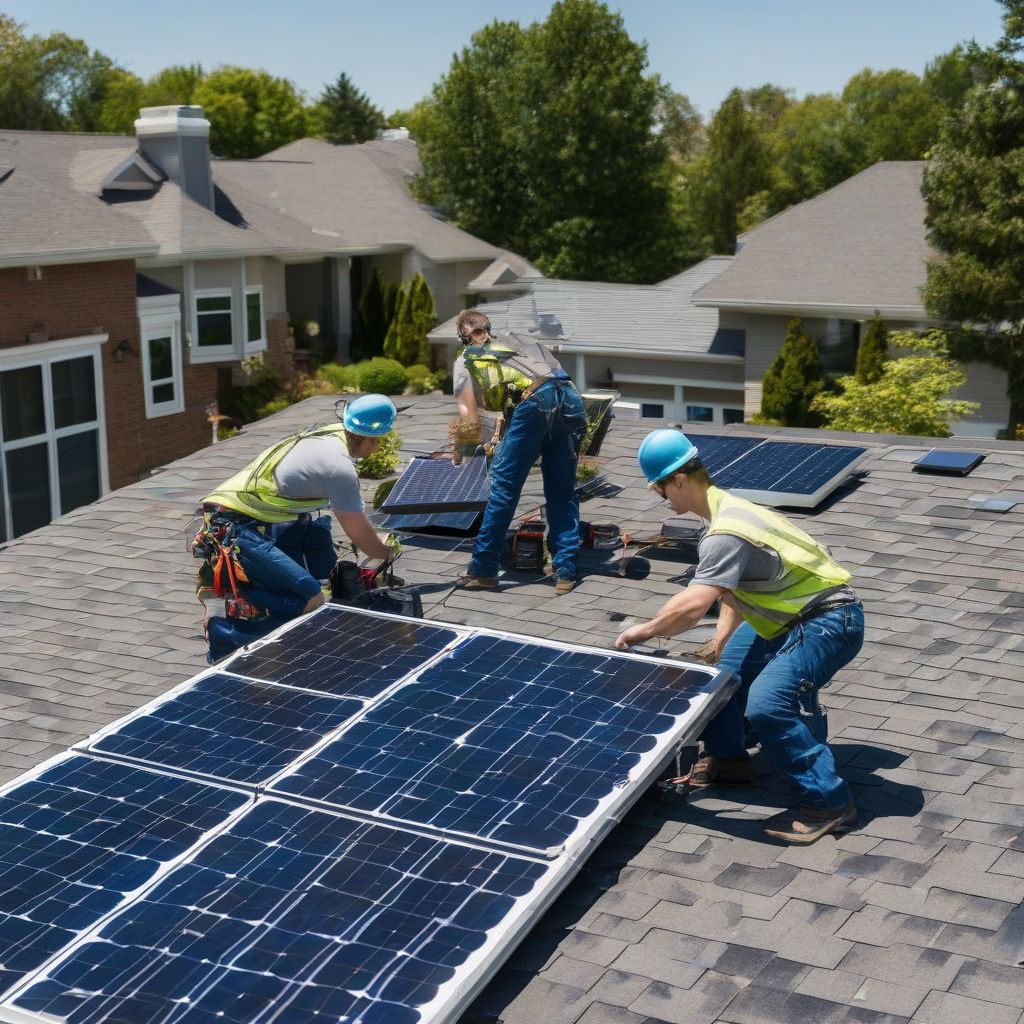Imagine a world where your energy bill is drastically lower, and you’re contributing to a greener planet. Sounds too good to be true? Well, it’s not! Switching to renewable energy sources like solar and wind power is no longer a futuristic fantasy, but a smart financial decision that can save you money in the long run.
Understanding the Financial Benefits of Renewable Energy
Many people hesitate to embrace renewable energy because of the upfront costs. However, it’s crucial to look beyond the initial investment and understand the long-term financial advantages.
Reduced Energy Bills: Your Ticket to Savings
One of the most significant benefits of renewable energy is the drastic reduction in your monthly energy bills. Solar panels, for instance, allow you to generate your electricity, reducing your dependence on traditional utility companies and their fluctuating prices.
Tax Credits and Incentives: The Icing on the Cake
Governments worldwide are incentivizing the adoption of renewable energy through attractive tax credits, rebates, and other financial incentives. These programs can significantly offset the initial installation costs, making renewable energy even more accessible and affordable.
Exploring Your Renewable Energy Options
1. Solar Power: Harnessing the Sun’s Energy
Solar panels convert sunlight into electricity, providing a clean and sustainable energy source.
-
Solar PV Systems: Photovoltaic (PV) systems are the most common type of solar installation, generating electricity directly from sunlight.
-
Solar Thermal Systems: These systems use sunlight to heat water, reducing your water heating expenses.
2. Wind Power: Tapping into the Breeze
Wind turbines harness wind energy to generate electricity, offering a powerful and renewable energy solution.
-
Residential Wind Turbines: Smaller wind turbines are available for residential use, providing an off-grid or grid-tied energy source.
-
Community Wind Farms: Joining a community wind farm allows you to share the benefits of wind energy with your neighbors.
 Solar Panel Installation
Solar Panel Installation
Making the Switch: A Step-by-Step Guide
1. Assess Your Energy Needs
Before diving into renewable energy options, analyze your current energy consumption to determine the right system size and type for your home.
2. Research and Compare
Explore different renewable energy options and compare their costs, benefits, and suitability for your location and energy requirements.
3. Consult with Professionals
Seek guidance from reputable solar or wind energy installers. They can assess your needs, recommend the best solutions, and provide accurate cost estimates.
4. Explore Financing Options
Many financing options, including loans, leases, and power purchase agreements, can make renewable energy more financially manageable.
Dispelling Common Myths About Renewable Energy
Myth: Renewable energy is unreliable.
Fact: Technological advancements have made renewable energy sources highly reliable. Battery storage systems provide backup power during periods of low sunlight or wind.
Myth: Renewable energy is only for wealthy homeowners.
Fact: With government incentives and various financing options, renewable energy is becoming increasingly accessible to a wider range of homeowners.
Conclusion
Switching to renewable energy is a wise investment that yields long-term financial benefits while reducing your carbon footprint. By embracing clean energy solutions like solar and wind power, you contribute to a sustainable future and enjoy significant savings on your energy bills. Take the first step towards energy independence and a greener tomorrow.
Are you ready to explore the world of renewable energy and unlock the potential savings for your home?
[amazon bestseller=”renewable energy”]
